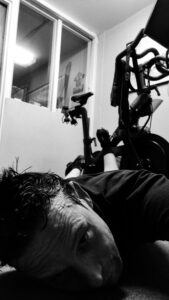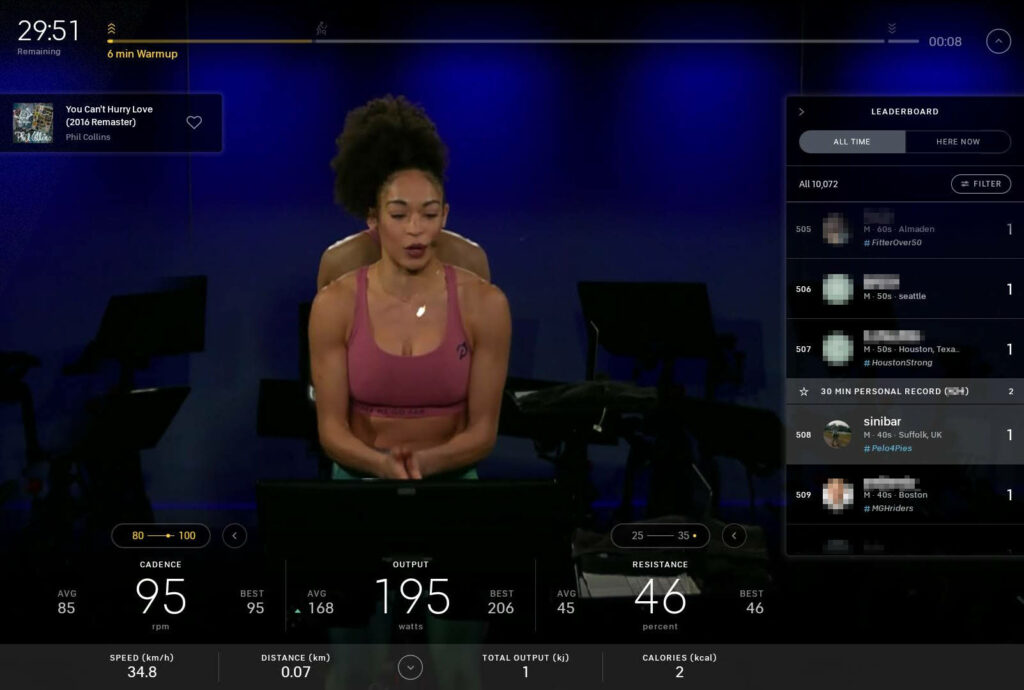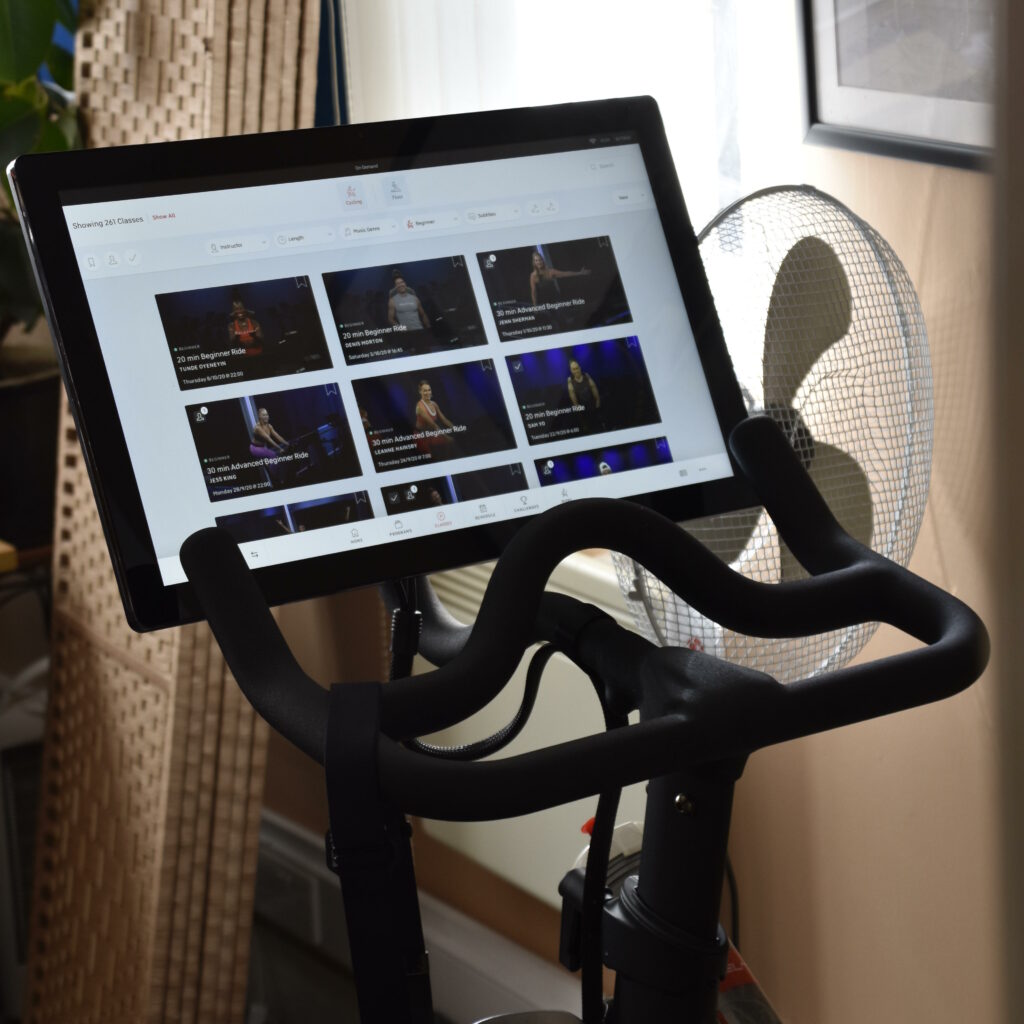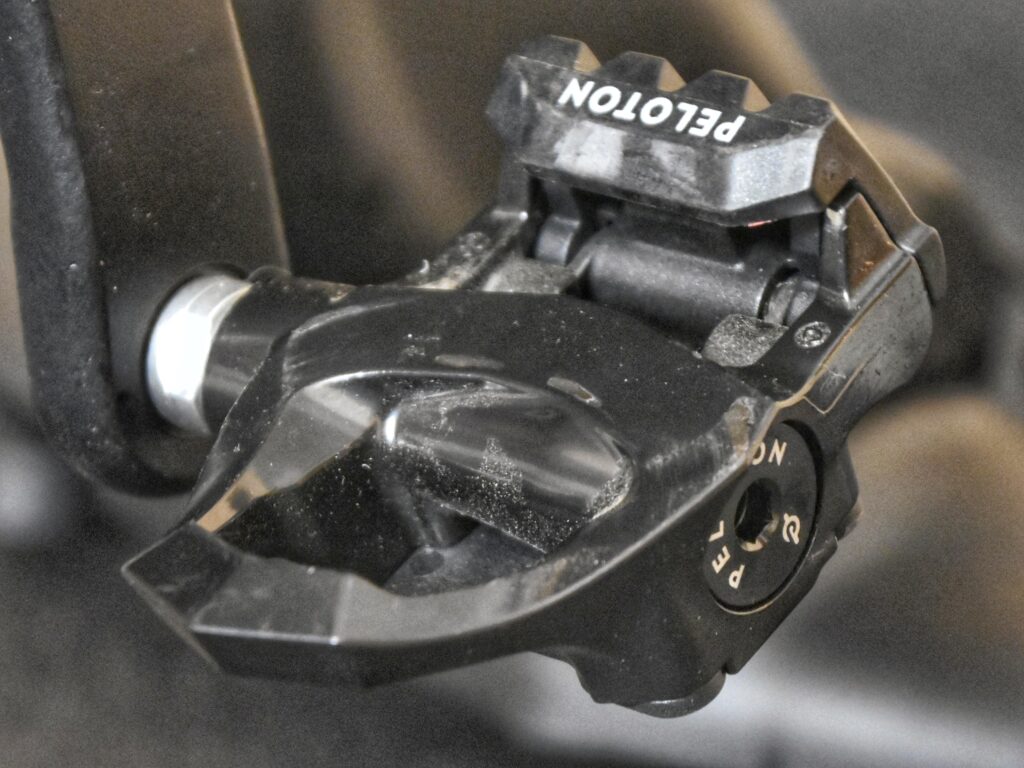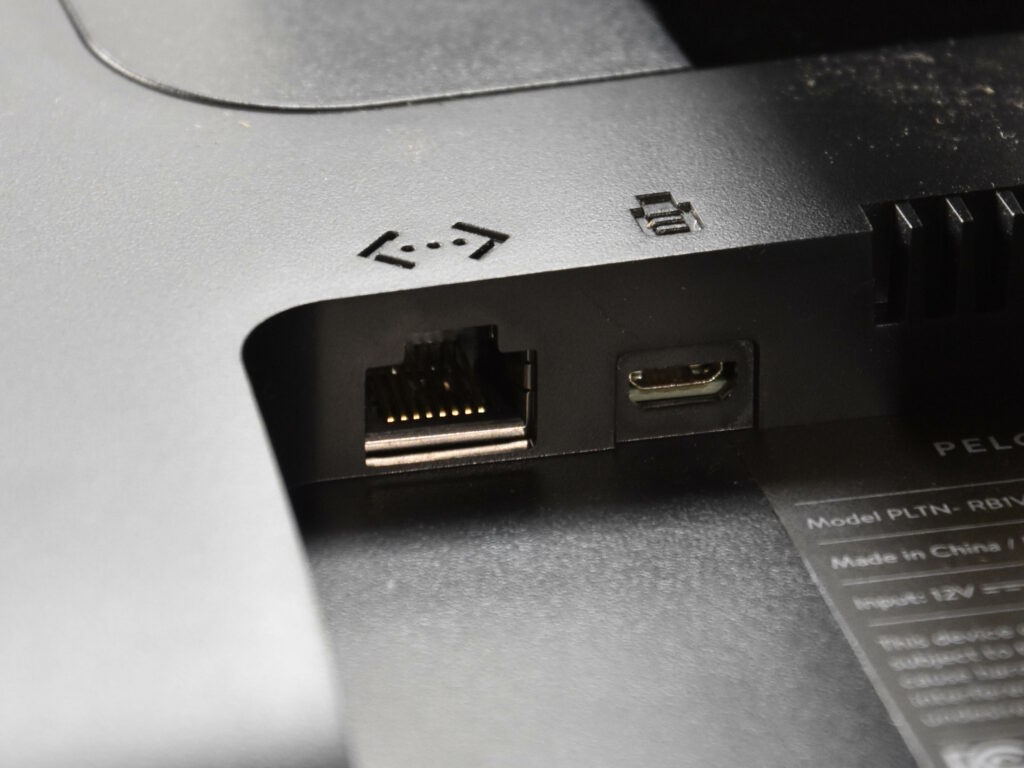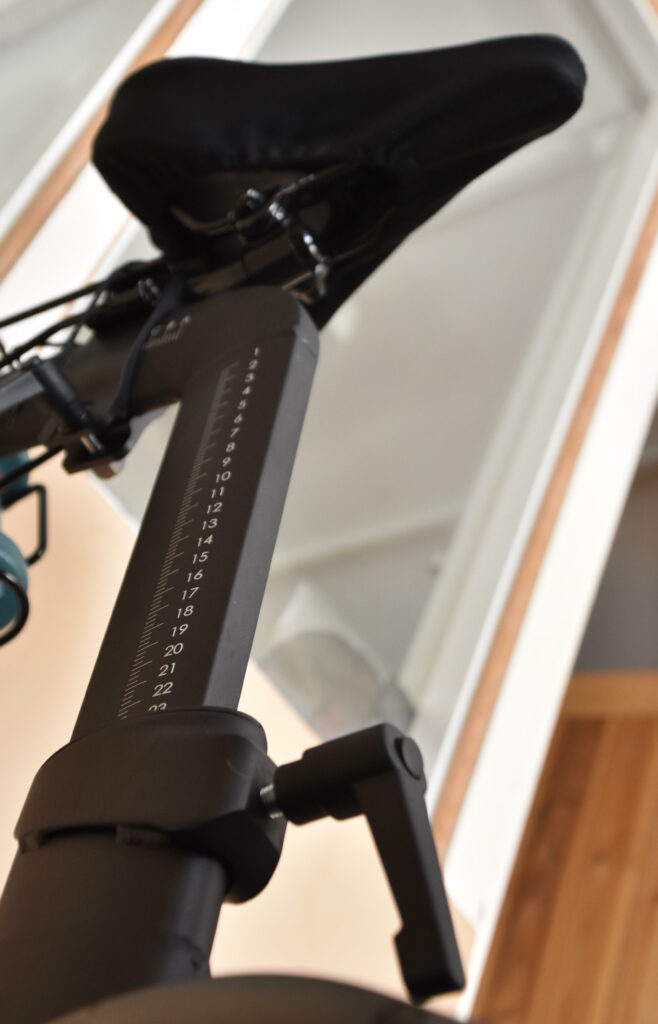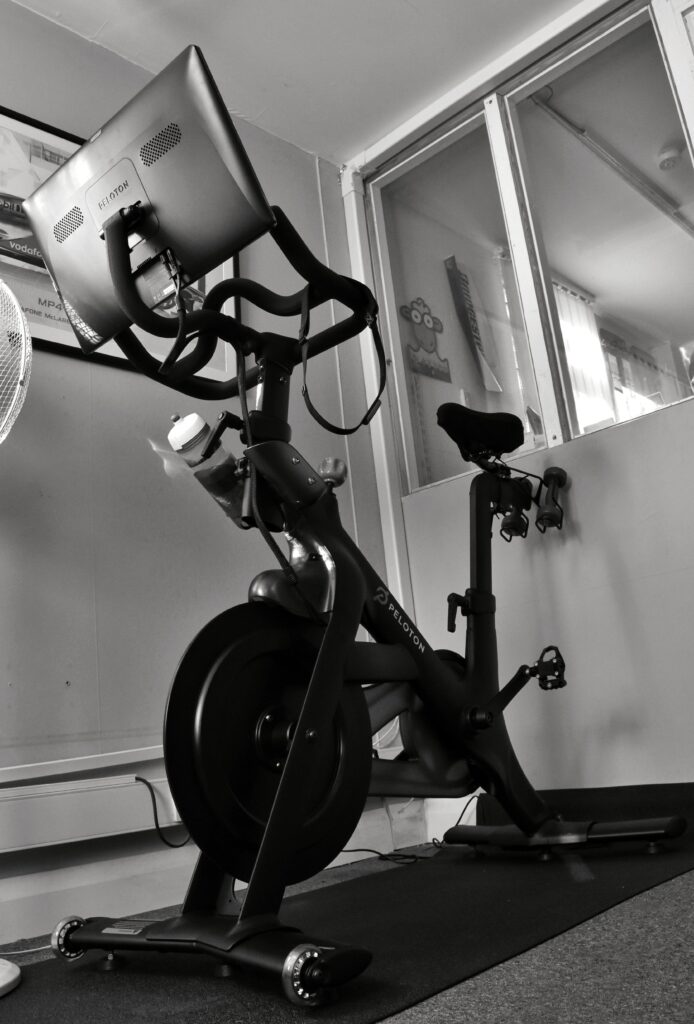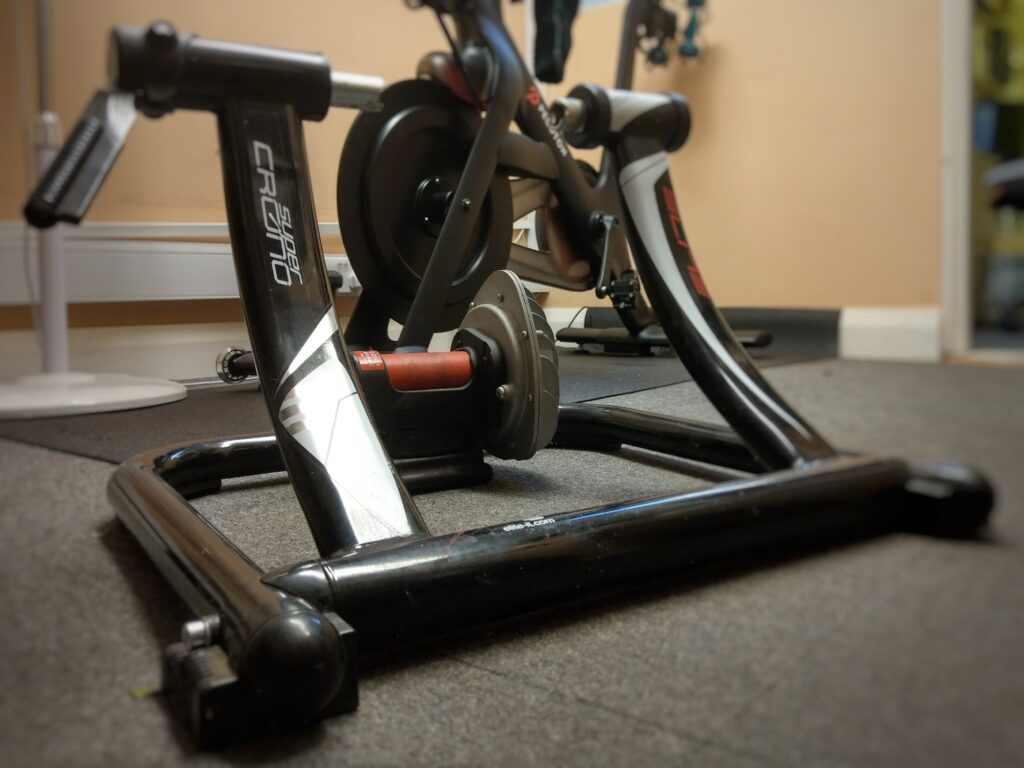February 2021 – previously: We Ride as One
Having been a Peloton botherer for 6 months and an Internet user for 30 years you’d think I’d be all over the Peloton socials. Nope – it’s something I’m only getting to grips with now.
There’s very little direct interaction within the Peloton app, on the bike, the web or mobile. It’s not like online gaming, there’s no side-channel of banter[1]. That’s a good thing, actually.
Peloton has been cunning here, they have a strong presence on most traditional social media platforms, as do most of the instructors. They’ve outsourced their social media and by doing so they’ve ducked responsibility, but also added a layer of abstraction. If you want to take social media relationships back to the bike, you can. But it’s your call. That’s handy, because the people on the socials, they aren’t necessarily the people you might expect…
The Maths Club
Before I actually set foot in a commercial gym I had kind of assumed it’d be just like a more grown up version of the after school sports club: full of people like me. That worried me, because I was really, really annoying at school.
The reality was different. Yes, some of the after school sports club were there, but so were some of the maths club. This is because it doesn’t matter whether you were the captain of the sportsball team or the captain of acid comedowns, if you spend your adult life just changing the chair you sit in, at some point that’s going to become a problem. We’re apes, we need to move a bit.
Commercial gyms have done really well in positioning themselves as the answer; but gyms aren’t the only answer at all. Peloton has many advantages. One of those is your ability to be anonymous. How much you interact with the platform is entirely down to you. If you want you can pick a random username, lock your account and nobody ever need know you have a subscription, let alone who you are.
It doesn’t matter what your past or even what your present is. Remember in my last article I mentioned one of the instructors, Christine D’Ercole?
This is what she said ahead of one of her rides:
Remember that girl with the black lipstick and her half-shaved head, covered in safety pins buying cigarettes at the 7-11 at age 15?
Christine D’Ercole on an Instagram post
Yeah, that was me.
And here I am.
Everything I went through was worth it and taught me to be true to myself.
Whether or not you were that kid too, you saw us. The jocks, the cheerleaders, the marching band geeks( I was also that geek), the theatre geeks (and I was this geek too), the goths, the skaters, the metal heads, the nerds (@therealbrianhicks ), there was a lot of overlap, wasn’t there?
Whatever you were into and whatever music spoke to you, we were all 15 at some point.
And at some point, you got on this bike.
And tomorrow we ride together!
Peloton is a great place to leave your preconceptions behind. You might be a sports geek; you might be a world class athlete; you might be an ultra-runner in training. There again, you might also be a grandparent who just wants to be able to play half an hour of football with the grandchildren. Or you might be the arty kid with the blue-black hair, or the singer in a really famous rock band…
#PELO4WINE
You might also think that Peloton is all muesli, protein shakes, my body is a temple and smashed avocado salads.
Yes, you can do that if you want. But there’s a lot us there who have another outlook. See, if you’re spending every night you can Bezzed out on the dancefloor of Europe’s most disreputable nightclubs, you can demolish as many doughnuts and cans of Red Stripe as you like.
But it’s kind of hard to Monday when you haven’t slept since Thursday night.
Some people seem to be able to maintain that lifestyle. For us mere mortals, however – especially as we get older – having the odd weekend off slowly morphs into only going out on the odd weekend. That’s when it starts to become obvious, what you do to one side of the equation you must also do to the other. You can’t just lush your way through life without unwanted side-effects.
You need to find the balance.
Of course you can go some way toward that by ordering a starter instead of a main, refusing dessert and only drinking one glass of wine, but I’d rather eat my own earwax.
No, I’m more for wrecking it for an hour on the Peloton, taking the mental and physical health benefits that brings and not worrying for one second about ordering the Wellington, the Sticky Toffee Pudding and making a palpable dent in the wine cellar.
#pelo4wine is one of the most popular hashtags in the Peloton system. There are a lot of people who are not there for all the free courgette and Gojira berry smoothies.
I do not advise using Gojira in a smoothie. The results are quite heavy…
#pelo4wine is a philosophy that you’ll find repeated across Peloton in subtly different ways. We are people who are prepared to put the effort in so that we don’t have to compromise the good things in life any more than is strictly necessary.
I’m happy with that. My philosophy has always been about balance and since I like to be quite far out one way I have to go quite far the other way too. Peloton facilitates that very well and so far, after 5 months of pretty heavy use, I can’t fault it. The bike is spot on, the classes are great, the philosophy is laudable.
Ask me in another 5 months and I might have changed my opinion. For now, though, that’s all I have to say.
Be sure to check out the other articles in the series:
- The Peloton Diaries: Doing the Maths – the story of how I got on board this particular train.
- The Peloton Diaries: The Bike Arrives! – the basics, the bike, how it’s made and how it works.
- The Peloton Diaries: First Week – what it’s like climbing aboard and trying to get up to speed.
- The Peloton Diaries: We Ride as One – the Peloton philosophy and why that’s important.
[1] There is a video call function, but you can only use it for mutual followers during a class.
